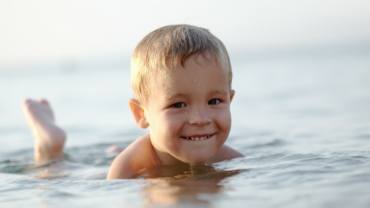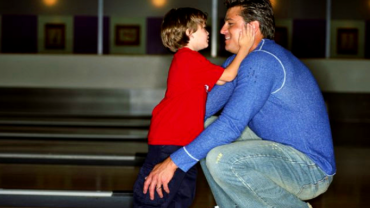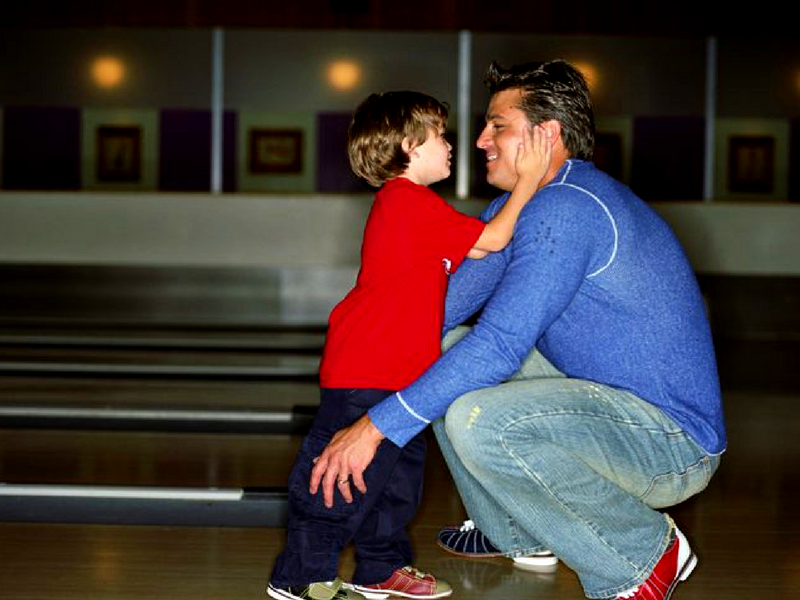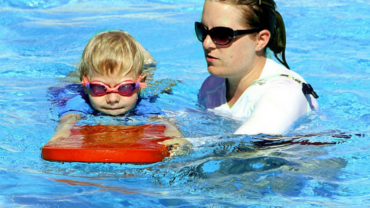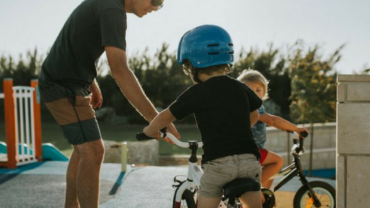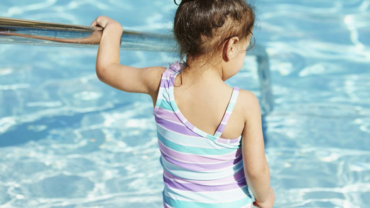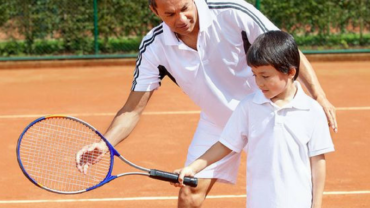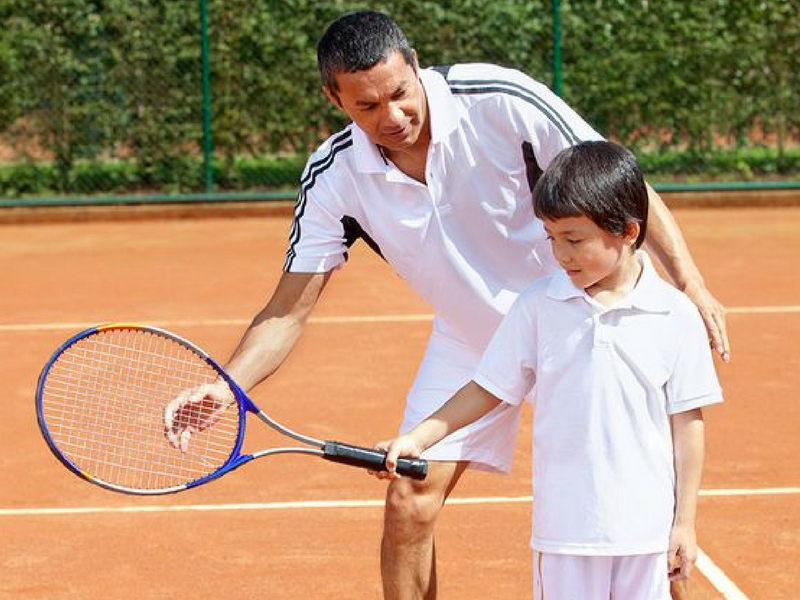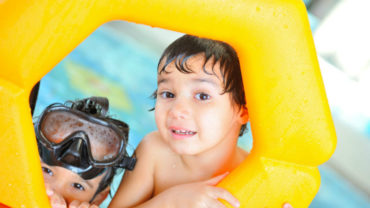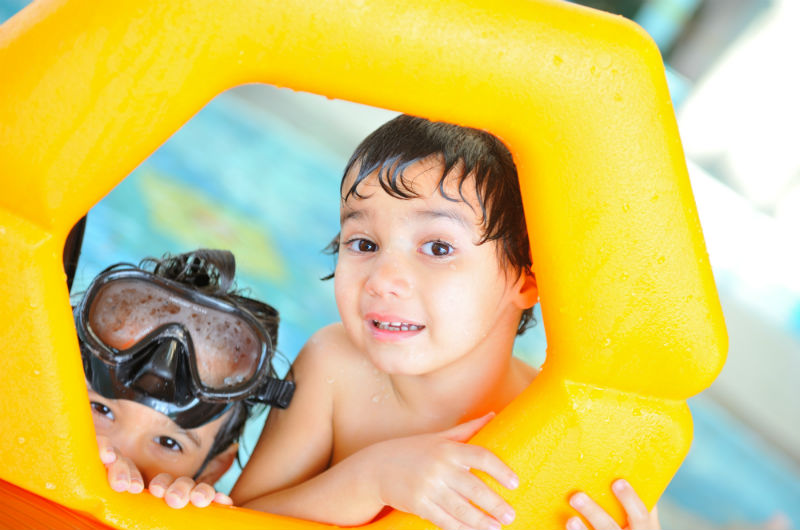We have been looking at the many benefits of swimming for kids. If you are keen to learn about how to teach kids to swim, the following video is for you.
In the video, Clive from Puddle Ducks will demonstrate how to teach your child to tread water for themselves.
Treading water is an important skill to teach to kids simply because it helps to keep kids stay afloat in the water. It is extremely helpful to serve as a basic in letting your kids learn to swim. It may even help to save your kid from drowning.
So, watch this video now for how to teach kids to swim and share it with your friends if you find it helpful!


